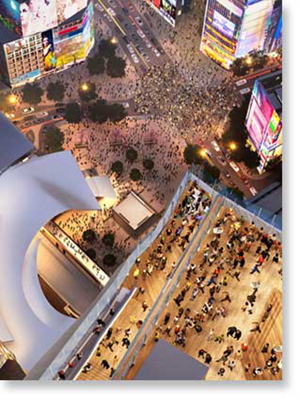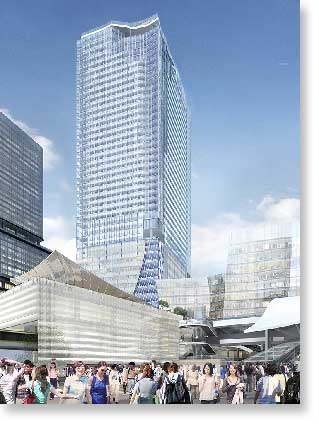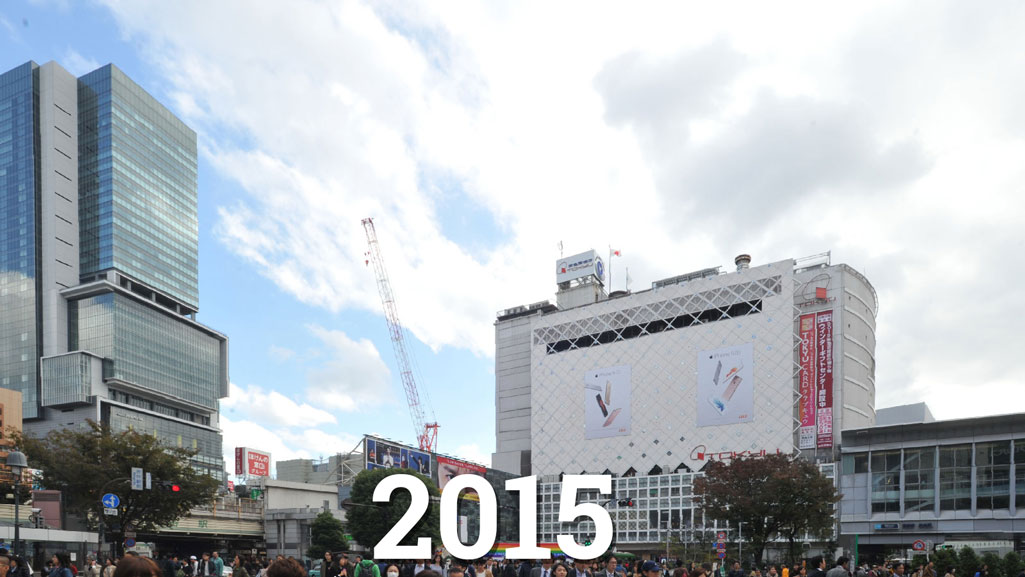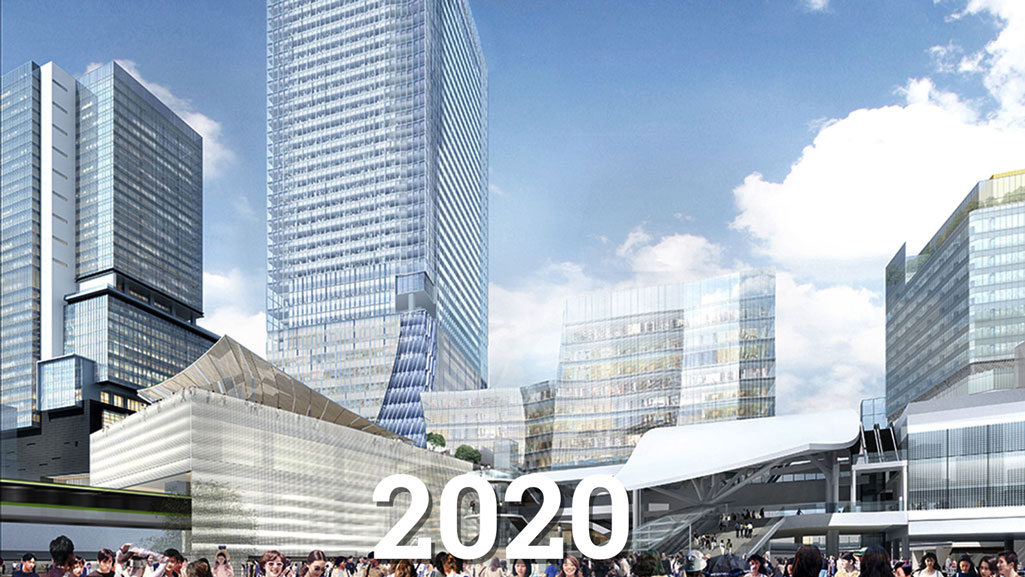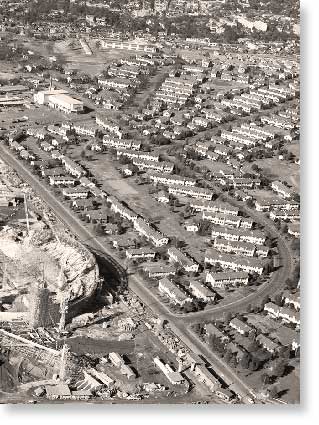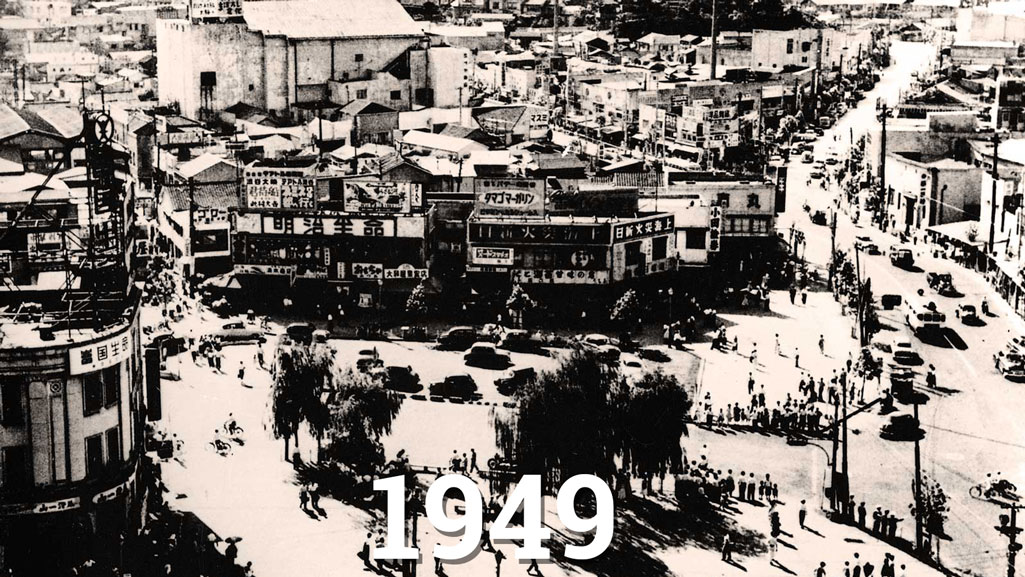Looking down from the 11th floor of Tokyo’s Hikarie skyscraper, the seemingly endless ebb and flow of people using Shibuya Station is hypnotic to watch.
With more than 2.8 million passengers on an average weekday, it is one of the busiest rail terminals in the country. Shibuya has continued to evolve over time, transforming from tranquil farmland in the Edo Period (1603-1868) to a colorful, vibrant district that is now home to art, fashion, theater, academia and business.
More recently, Shibuya has embarked on its most ambitious project yet, with its main station undergoing major renovations as a part of a long-term site redevelopment plan.
Shibuya Ward Mayor Ken Hasebe, who was elected in April, said in his first policy speech that he wants to turn the district into an internationally recognized name.
“Shibuya Ward has become famous for its technological advances,” Hasebe said. “I want to take it one step further and make Shibuya famous, not just domestically but also internationally. It may sound presumptuous, but I want people to think of Shibuya in the same way as they do London, Paris and New York.”
Financed by railway operators such as Tokyu Corp., East Japan Railway Co. and Tokyo Metro Co., developers are now working on four large construction sites around Shibuya Station. Work on a fifth site, the Hikarie building, which is owned by the Tokyu Group, was completed in 2012.
Kazuhiro Okuno, an official in charge of urban development in Shibuya, says some of the construction will be completed before the 2020 Olympics.
However, he says, the entire redevelopment project won’t be completed until 2027 because the plan was drafted before Tokyo won its bid to host the world’s biggest sporting event.
“This is one of the most complex construction sites in Japan and, perhaps, the world,” Okuno says. “Shibuya would constantly be under construction if we tried to redevelop all five sites one by one.”
Originally built in 1885, Shibuya Station has continued to change with the times, adding or moving platforms at various points in history in order to accommodate the eight lines it now services.
